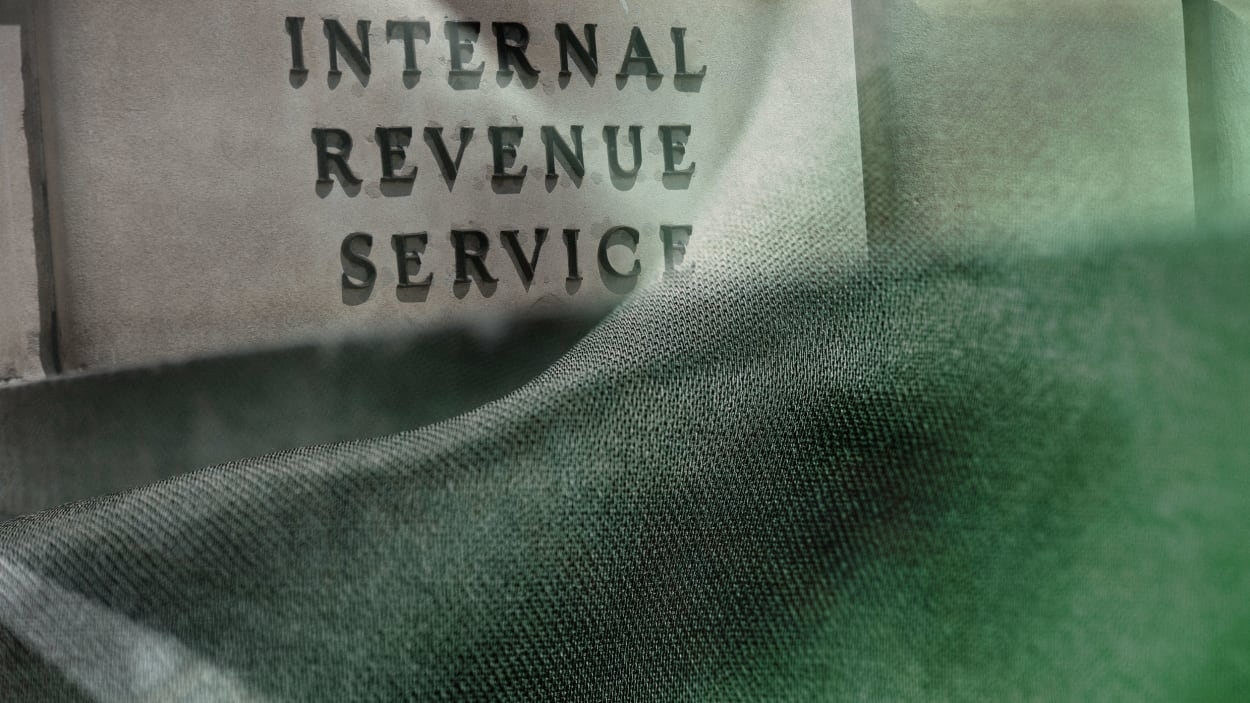By Sam Becker
Tax season can be a gut check for millions of Americans. Hot off announcing a new pilot program, the Internal Revenue Service (IRS) may also be in for a reality check.
This week, the IRS announced that it’s created a new “Direct File” tax-filing option, and will launch a pilot program for the 2024 filing season after getting the go-ahead from the Treasury Department. The program is designed to let taxpayers file their returns online, for free, and ultimately serve as an alternative to tax-prep software, such as TurboTax or H&R Block, among many others.
As part of the announcement, IRS Commissioner Danny Werfel said that the Direct File system “has long been discussed as an option for improving the customer experience for taxpayers in the U.S.,” as it’s already “used by numerous tax jurisdictions around the world.” Accordingly, a test group of users will reportedly pilot the program in January. The IRS also submitted a 106-page report to Congress evaluating the Direct File system, a portion of which outlines some “operational challenges.”
Those challenges boil down to three main things, as outlined in the report:
While the IRS is sure to have its hands full developing the technical product (note that the agency largely still relies on computers and software that are decades old) and coordinating with individual states, perhaps the most onerous challenge it faces with the new program is developing an adequate customer support system. Customer support, as countless taxpayers know firsthand, is an area in which the IRS has traditionally sorely lacked.
For example, it’s notoriously difficult to get an IRS representative on the phone, particularly during the past few years, and many taxpayers have been left in the dark about the status of their refunds or whether their returns have even been processed.
The Taxpayer Advocate Service, an office within the IRS that focuses on how well the agency functions, has identified poor customer service as one of its “most serious problems.”
The IRS is working on modernizing its systems and beefing up its workforce, largely thanks to nearly $80 billion in new funding authorized by the Inflation Reduction Act of 2022, but it will have its hands full.
“Customer support would be critical to the success of any Direct File option, and is also a major cost driver,” the agency notes in its report. “To a larger degree than technology costs, customer support cost scales with the number of returns filed, and thus estimated costs vary widely depending on usage.”
Despite the Biden administration’s goals of increasing customer experience across the board for federal agencies, customer experience scores among those agencies tend to lag well behind those in the private sector. The Customer Experience Index for 2021—an oft-cited and yearly customer service ranking of federal agencies and private sector companies compiled by Forrester Research—found that federal agencies scored an average of 62.6 out of 100. Which is, on average, nearly 11 points behind the private sector.
That’s a lot of ground to make up, and what could ultimately prove to be a reality check for the IRS when trying to launch the new program. It’ll essentially need to rebuild its customer service systems and infrastructure and simultaneously try to rework the agency’s poor customer service reputation—all while tax-prep software creators have spent and continue to spend considerable resources becoming as customer-friendly as possible (and even implementing AI to make filing as easy as possible).
That’s not to say that it’s impossible, but it’s a steep hill to climb. Customer service and experience are not the IRS’s strong suit, and as it rolls out a potentially massive new program that could be used by tens or hundreds of millions of people, it could prove to be the agency’s Achilles’ heel.
(6)
Report Post






